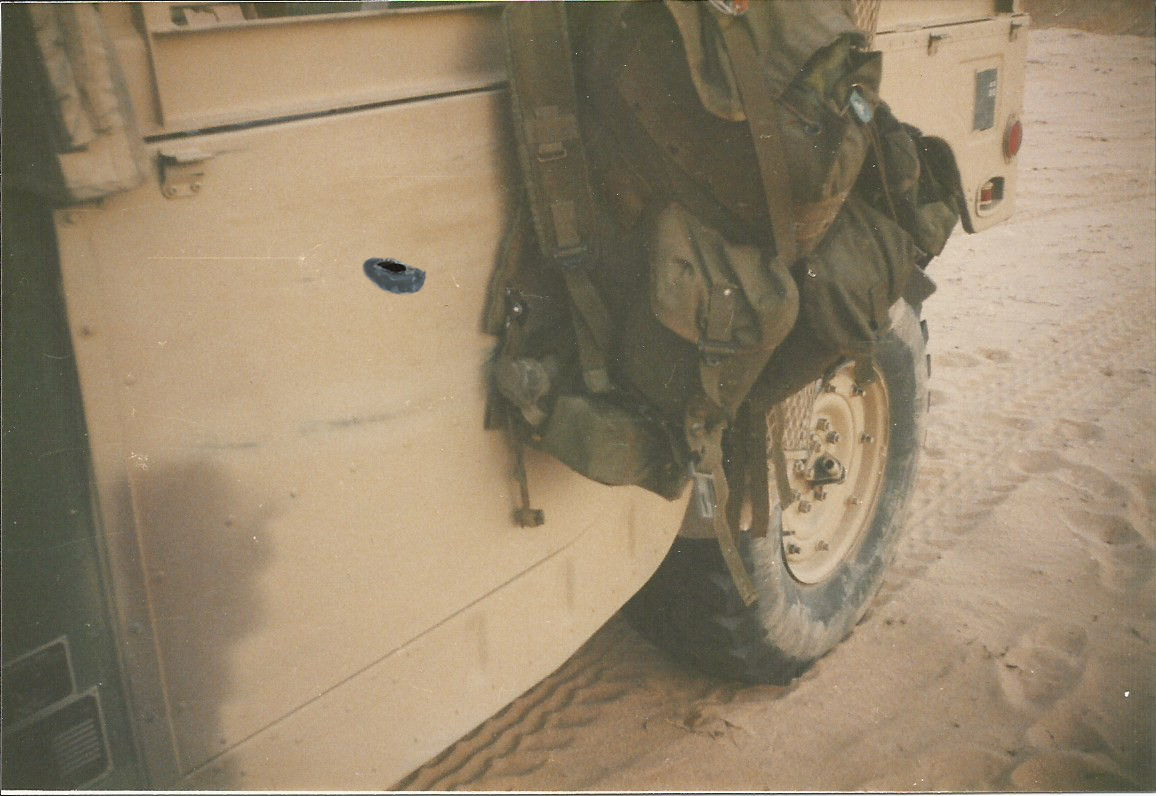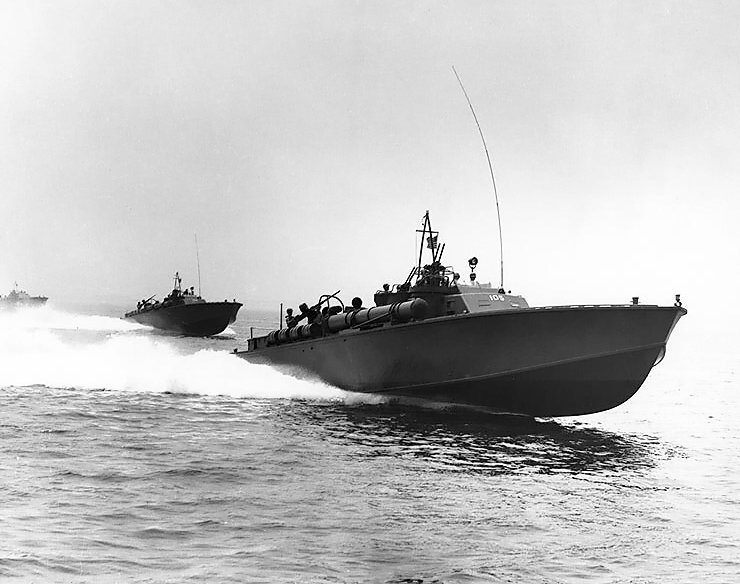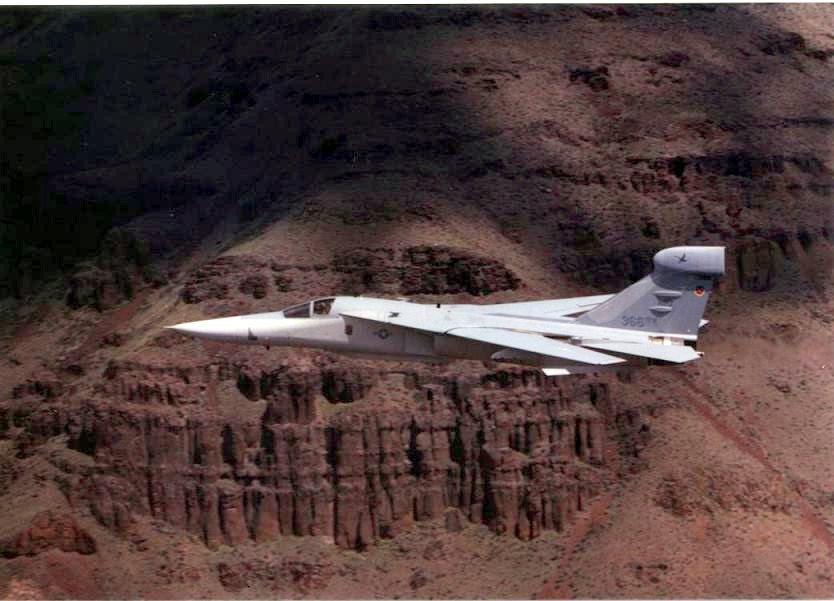|
Battle Of Bubiyan
The Battle of Bubiyan (Also known as the Bubiyan Turkey Shoot) was a naval engagement of the Gulf War that occurred in the waters between Bubiyan Island and the Shatt al-Arab marshlands, where the bulk of the Iraqi Navy, while attempting to flee to Iran, much like the Iraqi Air Force, was engaged and destroyed by Coalition warships and aircraft. History The battle was completely one-sided. Lynx helicopters of the British Royal Navy using Sea Skua missiles were responsible for destroying 14 vessels (3 minesweepers, 1 minelayer, 3 TNC 45 Fast Attack Craft, 2 Zhuk-class patrol boats, 2 Polnocny-class landing ships, 2 salvage vessels, 1 Type 43 minelayer, and 1 other vessel) during the battle."The Grey Lynx at War" The battle saw 21 separate engagements over a course of 13 hours. A total of 21 of the 22 ships that atte ... [...More Info...] [...Related Items...] OR: [Wikipedia] [Google] [Baidu] |
Gulf War
The Gulf War was a 1990–1991 armed campaign waged by a 35-country military coalition in response to the Iraqi invasion of Kuwait. Spearheaded by the United States, the coalition's efforts against Iraq were carried out in two key phases: Operation Desert Shield, which marked the military buildup from August 1990 to January 1991; and Operation Desert Storm, which began with the aerial bombing campaign against Iraq on 17 January 1991 and came to a close with the American-led Liberation of Kuwait on 28 February 1991. On 2 August 1990, Iraq invaded the neighbouring State of Kuwait and had fully occupied the country within two days. Initially, Iraq ran the occupied territory under a puppet government known as the "Republic of Kuwait" before proceeding with an outright annexation in which Kuwaiti sovereign territory was split, with the "Saddamiyat al-Mitla' District" being carved out of the country's northern portion and the "Kuwait Governorate" covering the rest. Varying spe ... [...More Info...] [...Related Items...] OR: [Wikipedia] [Google] [Baidu] |
SH-60 Seahawk
The Sikorsky SH-60/MH-60 Seahawk (or Sea Hawk) is a twin turboshaft engine, multi-mission United States Navy helicopter based on the United States Army UH-60 Black Hawk and a member of the Sikorsky S-70 family. The most significant modifications are the folding main rotor and a hinged tail to reduce its footprint aboard ships. The U.S. Navy uses the H-60 airframe under the model designations SH-60B, SH-60F, HH-60H, MH-60R, and MH-60S. Able to deploy aboard any air-capable frigate, destroyer, cruiser, fast combat support ship, expeditionary transfer dock, amphibious assault ship, littoral combat ship or aircraft carrier, the Seahawk can handle anti-submarine warfare (ASW), anti-surface warfare (ASUW), naval special warfare (NSW) insertion, search and rescue (SAR), combat search and rescue (CSAR), vertical replenishment (VERTREP), and medical evacuation (MEDEVAC). Design and development Origins During the 1970s, the U.S. Navy began looking for a new helicopter to replace the K ... [...More Info...] [...Related Items...] OR: [Wikipedia] [Google] [Baidu] |
Khafji
Ras al-Khafji ( ar, رأس الخفجي ') or Khafji (الخفجي) is a town on the border between Saudi Arabia and Kuwait. It lies in what was before 1970 the Saudi Arabian–Kuwaiti neutral zone. The Japanese-owned Arabian Oil Company Ltd signed a concession agreement with the government of Saudi Arabia in December 1957 and with the government of Kuwait in July 1958 for exploration and development of hydrocarbon reserves in the offshore Neutral Zone. The Arabian Oil Company discovered the Khafji oil field in 1960 and the Hout oil field in 1963. It was only after the discovery of these oil deposits off-shore of Khafji that a permanent demarcation of the neutral zone between Kuwait and Saudi Arabia was established, with Khafji formally located within Saudi Arabia. However, the agreement concluded that both states would still maintain joint rights to all natural resources within the designated neutral zone. With the termination of the Arabian Oil Company lease to explore and ... [...More Info...] [...Related Items...] OR: [Wikipedia] [Google] [Baidu] |
Battle Of Khafji
The Battle of Khafji was the first major ground engagement of the Persian Gulf War. It took place in and around the Saudi Arabian city of Khafji, from 29 January to 1 February 1991 and marked the culmination of the Coalition's air campaign over Kuwait and Iraq, which had begun on 17 January 1991. Iraqi leader Saddam Hussein, who had already tried and failed to draw Coalition troops into costly ground engagements by shelling Saudi Arabian positions and oil storage tanks and firing Scud surface-to-surface missiles at Israel, ordered the invasion of Saudi Arabia from southern Kuwait. The 1st and 5th Mechanized Divisions and 3rd Armored Division were ordered to conduct a multi-pronged invasion toward Khafji, engaging Saudi Arabian, Kuwaiti, and U.S. forces along the coastline, with a supporting Iraqi commando force ordered to infiltrate further south by sea and harass the Coalition's rear. These three divisions, which had been heavily damaged by Coalition aircraft in the prece ... [...More Info...] [...Related Items...] OR: [Wikipedia] [Google] [Baidu] |
CF-18
The McDonnell Douglas CF-18 Hornet (official military designation CF-188) is a Royal Canadian Air Force (RCAF) variant of the American McDonnell Douglas F/A-18 Hornet fighter aircraft. In 1980, the F/A-18 was selected as the winner of the New Fighter Aircraft Project competition and awarded a production order; deliveries of the CF-18 to the Canadian Armed Forces began in 1982. CF-18s have supported North American Aerospace Defense Command (NORAD) air sovereignty patrols and participated in combat during the Gulf War in 1991, the Kosovo War in the late 1990s, and as part of the Canadian contribution to the international Libyan no-fly zone in 2011. CF-18s were also part of the Canadian contribution to the military intervention against ISIL, Operation Impact. Development New Fighter Aircraft program In 1977, the Canadian government identified the need to replace the NATO-assigned CF-104 Starfighter, the NORAD-assigned CF-101 Voodoo and the CF-116 Freedom Fighter (although the de ... [...More Info...] [...Related Items...] OR: [Wikipedia] [Google] [Baidu] |
Polnocny-class Landing Ship
The Polnocny (or Polnochny)-class ships are amphibious warfare vessels. They were designed in Poland, in cooperation with the Soviet Navy and were built in Poland between 1967 and 2002. They now serve in several different navies, and some have been converted to civilian use. The name comes from the '' Stocznia Północna'' shipyard (Northern Shipyard) at Gdańsk, where they were built. 107 were built by 1986 (last 16 by ''Stocznia Marynarki Wojennej'' (Naval Shipyard) at Gdynia, Poland). In 2002, one ship of a modernised design NS-722 was built in Gdynia for Yemen. Characteristics The Polnocny-class ships are classified as medium landing ships in the Russian Navy, and are loosely equivalent to Western tank landing ships. They are equipped with a bow ramp that allows beach landings. The Polnocny-C version can carry 12 BMP-2 armored personnel carriers, or 4 Main Battle Tanks, or 250 Infantry Soldiers with their weapons like 82 mm Mortars and ATGMs, or 250 tons of rations ... [...More Info...] [...Related Items...] OR: [Wikipedia] [Google] [Baidu] |
Zhuk-class Patrol Boat
The Zhuk-class patrol boat, also known as Project 1400M "Grif", is a small border patrol vessel of less than 40 ton displacement built in the Soviet Union and later in Ukraine. Over 300 boats were built between 1969 and 1991. Out of those, 110 were sold to 23 other countries. Exact numbers are unknown, but they were widely exported by the Soviet Union in addition to use in home waters as harbor patrol. The vessels were excellent for this task thanks to a cheap design for mass production. With only a single simple radar unit and manually-aimed machine guns, they made ideal patrol boats. The dissolution of the Soviet Union in 1991, and the abolition of its primary user the, KGB Maritime Guard, it was taken over by the Russian Federal Coast Guard. By 2007 only 15-20 remained in service with the Russian Navy. Models * 1400 * 1400A * 1400E (created in 1972) * 1400M * 1400T, one was specially built in 2004 for Turkmenistan * 1400ME (created in 1976) Operators Former Soviet Union ... [...More Info...] [...Related Items...] OR: [Wikipedia] [Google] [Baidu] |
Fast Attack Craft
A fast attack craft (FAC) is a small, fast, agile, offensive, often affordable warship armed with anti-ship missiles, gun or torpedoes. FACs are usually operated in close proximity to land as they lack both the seakeeping and all-round defensive capabilities to survive in blue water. The size of the vessel also limits the fuel, stores and water supplies. In size they are usually between 50–800 tonnes and can reach speeds of . A fast attack craft's main advantage over other warship types is its affordability. Many FACs can be deployed at a relatively low cost, allowing a navy which is at a disadvantage to effectively defend itself against a larger adversary. A small boat, when equipped with the same weapons as its larger counterpart, can pose a serious threat to even the largest of capital ships. Their major disadvantages are poor seagoing qualities, cramped quarters and poor defence against aerial threats. History 19th century As early as the mid-19th century, the Jeune � ... [...More Info...] [...Related Items...] OR: [Wikipedia] [Google] [Baidu] |
Sea Skua
The Sea Skua is a British lightweight short-range air-to-surface missile (ASM) designed for use from helicopters against ships. It was primarily used by the Royal Navy on the Westland Lynx. Although the missile is intended for helicopter use, Kuwait employs it in a shore battery and on their ''Umm Al Maradem'' (Combattante BR-42) fast attack craft. The Royal Navy withdrew the missile from active service in 2017. Its replacement, Sea Venom, entered service in 2021. Development Sea Skua ultimately traces its history, indirectly, to the immediate post-war era. Growing increasingly concerned about the threat of aircraft, especially after the introduction of glide bombs during the war, the Royal Navy had long been convinced that all ships required some form of surface-to-air missile (SAM) for defence. These systems tended to be relatively large, especially in the era before vertical launch, and it was difficult to mount both a useful SAM and a conventional gun on smaller ships. Th ... [...More Info...] [...Related Items...] OR: [Wikipedia] [Google] [Baidu] |
Royal Navy
The Royal Navy (RN) is the United Kingdom's naval warfare force. Although warships were used by English and Scottish kings from the early medieval period, the first major maritime engagements were fought in the Hundred Years' War against France. The modern Royal Navy traces its origins to the early 16th century; the oldest of the UK's armed services, it is consequently known as the Senior Service. From the middle decades of the 17th century, and through the 18th century, the Royal Navy vied with the Dutch Navy and later with the French Navy for maritime supremacy. From the mid 18th century, it was the world's most powerful navy until the Second World War. The Royal Navy played a key part in establishing and defending the British Empire, and four Imperial fortress colonies and a string of imperial bases and coaling stations secured the Royal Navy's ability to assert naval superiority globally. Owing to this historical prominence, it is common, even among non-Britons, to ref ... [...More Info...] [...Related Items...] OR: [Wikipedia] [Google] [Baidu] |
Gulf War Air Campaign
The air campaign of the Gulf War, also known as the 1991 bombing of Iraq, was an extensive Aerial bombing of cities, aerial bombing campaign from 17 January 1991 to 23 February 1991 in response to the Iraqi invasion of Kuwait. Spearheaded by the United States, the Coalition of the Gulf War flew over 100,000 sorties, dropping 88,500 tons of bombs, widely destroying military and civilian infrastructure. The air campaign was commanded by United States Air Force (USAF) Lieutenant general (United States), lieutenant general Chuck Horner, who briefly served as Commander-in-Chief—Forward of U.S. Central Command while general Norman Schwarzkopf was still in the United States. The British air commanders were Air Vice-Marshal Andrew Wilson (RAF officer), Andrew Wilson (to 17 November 1990) and Air Vice-Marshal Bill Wratten (from 17 November). The air campaign had largely finished by 23 February 1991 when the Liberation of Kuwait campaign, coalition invasion of Kuwait took place. The initia ... [...More Info...] [...Related Items...] OR: [Wikipedia] [Google] [Baidu] |
Iraqi Navy
The Iraqi Naval Forces (Arabic: القوات البحرية العراقية), or the Iraqi Navy is the naval warfare service branch of the Armed forces of Iraq. Formed in 1937, initially as the ''Iraqi Coastal Defense Force,'' its primary responsibilities was the protection of Iraq's coastline and offshore assets, the official name was changed on 12 January 2005 to Iraqi Naval Forces As of February 2021, the navy had approximately 3,000 sailors and marines which form an Operational headquarters, five afloat squadrons, and two marine battalions. Headed by Rear Admiral Muhammad Jawad, the navy had plans to build six ''Al Uboor''-class patrol boats in Baghdad, with the first of the boats to enter service in September 2005. This project however, was ultimately canceled. Additionally, two ''Assad''-class corvettes built for Iraq in the 1980s by Italy were originally planned to be delivered sometime around 2006–2007. The ships however, were found to be in a worse state than ori ... [...More Info...] [...Related Items...] OR: [Wikipedia] [Google] [Baidu] |





_(cropped).jpg)
